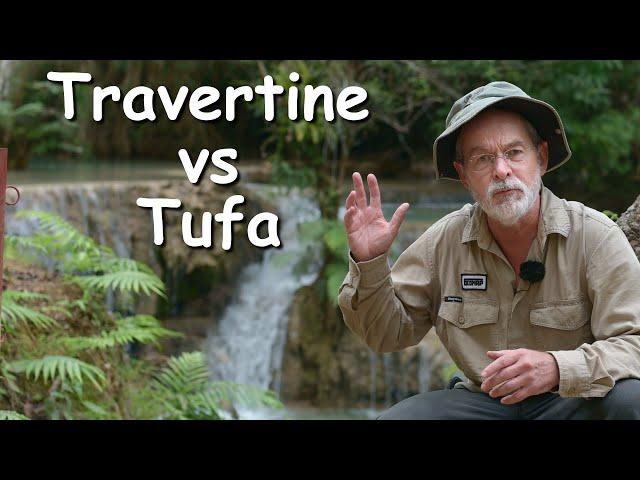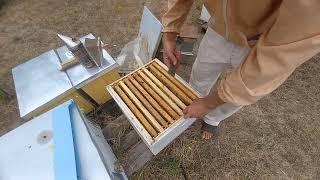Комментарии:

For those of us who can’t afford the full package, these videos are a blessing! Thanks mate! 🇨🇦❤️🇨🇦🍻🥂
Ответить
Great videos. Very informative, thank you.
Ответить
What is the difference between phreatomagmatic eruption and hydrothermal eruption?
Ответить
👌
Ответить
Don't know if this is up your alley, but my son found a rock he thinks is a petrified goat hoof. He posted a video about it on his channel " Treasure Hunters".
Ответить
Great video, thank you!
Confusingly in German we call Tufa Tuff only with the prefix of Calcium making it Calcium-Tuff

Awesome video! Happy to hear about tufa from you any day of the week :)
Ответить
Yes, really Excellent Information Indeed !
Ответить
Travertines are not found sourced in carbonate rocks. This is how they get their silica. High silica load comes from alkaline conditions. The fine veinlets of silica in travertines comes from shifting CO2 load in the water. The silica forms in layers along with the carbonate. Travertines can also be found with opal-CT.
Ответить
Tufa terraces is not tufa saline lakes like Mono Lake, whose infrared signature is calcite, barite, halite, all similar to caliche (scale).
Ответить
Would an iron carbonate like Ankerite or an Iron enriched Dolomite, hosted by hydrothermal replacement deposit, be considered a potential ore? Degreeless weekend warrior prospecter here. 😅
Loving your videos btw.

An Australian guy's idea of room temperature may well include hydrothermal springs... 🌞🥵🔥
Ответить
The calcite going in and out of solution offers critical pH-buffering. Crushed limestone / calcrete would be ideal to introduce to urban stormwater to adsorb CO2 and heavy metals dissolved in it. Crushed limestone / calcrete has the potential to bring back a fishery if you use it to filter polluted water in an oxic environment.
Ответить











